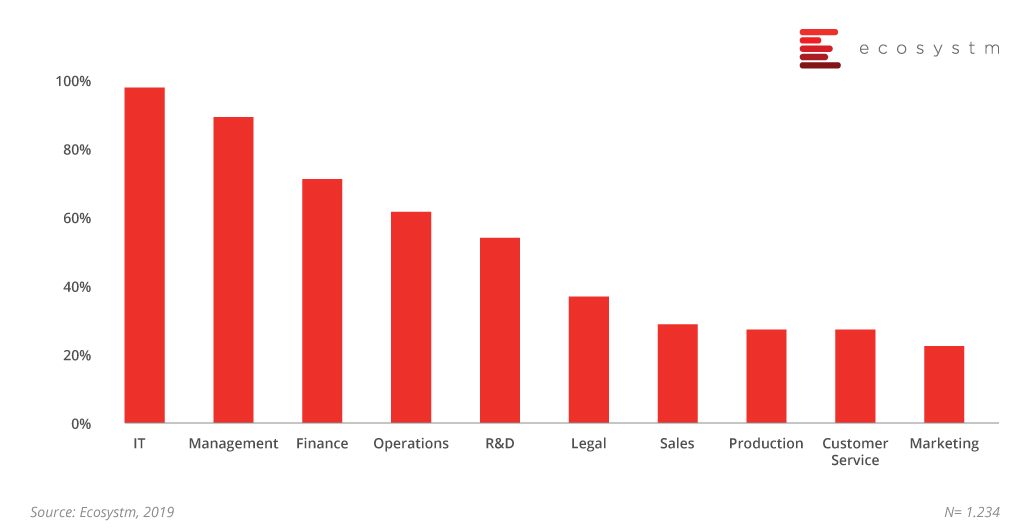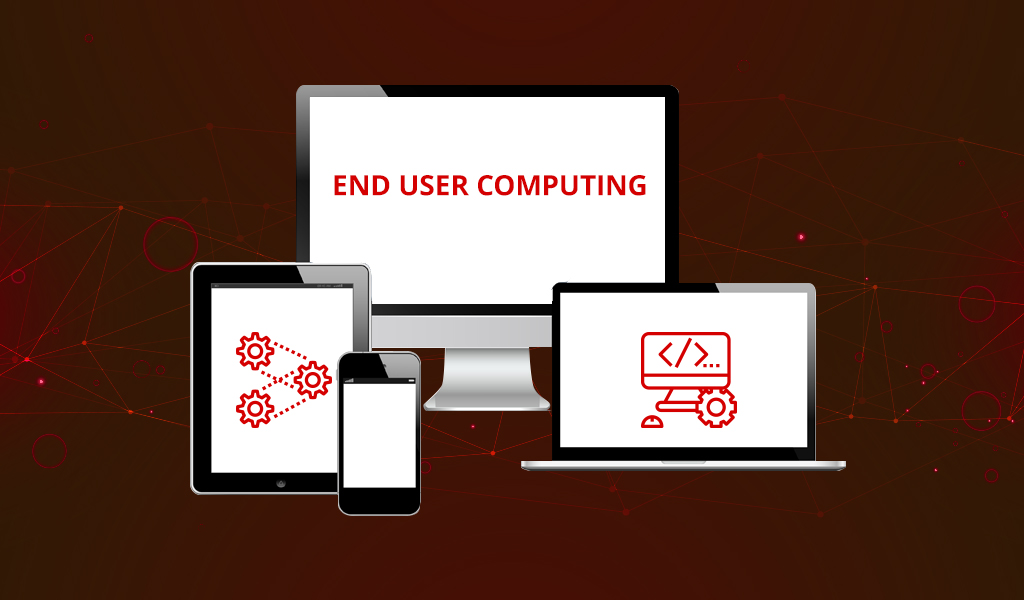I recently attended the Verint Engage event in Sydney, which had over 700 attendees. Conversations on artificial intelligence (AI) and analytics garnered a lot of attention this year. Verint showcased the deployments of intelligent conversational bots used by some of the biggest brands in Asia Pacific. Some of these customers include Spark NZ, Suncorp and AAMI. In 2018, the company acquired Next IT, a provider of conversational AI virtual assistant, to accelerate their move in the automation and analytics space. Verint’s choice of Next IT was driven by the need to provide their customers with a solution that has deep expertise in the contact centre space and to have an automation solution that is deeply integrated into their broad portfolio of solutions.
Last week, Verint announced the launch of AI Blueprint, a conversation analysis system that identifies intelligent virtual assistant (IVA) use cases and accelerates automation. The solution then delivers a “blueprint” of precisely how businesses can get started with AI or continue to grow their AI capabilities.
Verint is no stranger to the contact centre market and has an established presence in areas of quality monitoring, analytics, knowledge management and compliance.
Key Takeaways from Customers on Intelligent Virtual Assistants:
- Engaging senior stakeholders. For a successful deployment, many organisations had to involve senior management in the discussion. These ranged from CIOs, CDOs and CEOs. The conversation around automation and AI for customer service is no longer contained within the contact centre. Many organisations spoke about having senior management involved in the pre and post launch of the virtual assistant deployment. Getting buy-in and feedback from senior management is key as the AI discussion forms part of a broader digital strategy for the organisation. The global Ecosystm AI study, which is live and ongoing, also finds that senior management is the second highest influencer for AI procurement and implementations.

- Integrating Knowledge Management to the AI deployment is important. Organisations at the Verint Engage event highlighted that the route to a successful intelligent virtual assistant deployment is to embed knowledge management capabilities into the AI platform. By failing to incorporate knowledge management, the intelligent virtual assistant experience will be poor, leaving customers frustrated.
- Working with a vendor that understands contact centres is key. Some of the customers at the event had worked with other well-known brands AI in the market prior to working with Verint. They moved to Verint primarily for two reasons. One was that the cost of deployment was less on the Verint platform and secondly, they wanted to work with a vendor that not only understood AI but that had a deep understanding of the contact centre environment. Compliance, training, speech analytics, coaching and quality monitoring are core capabilities of Verint’s portfolio. These are important elements in the overall deployment of AI.
- Striking the right balance between automation and voice. Several of the organisations highlighted the savings realised, when the deployment was done well and fully integrated into knowledge management. Automation will in the long run help reduce contact centre calls and live chat costs. However, it was emphasised that the agent or human element remains important and cannot be ignored. The seamless hand off to the agent when the query cannot be answered is important.
Ecosystm Comment:
Virtual assistants need to be fed with the right information to make the discussion with the customer engaging. A solid knowledge management strategy is key to the success of a virtual assistant deployment. Without analytics and knowledge management integrated into AI, the CX will be poor leaving customers feeling frustrated. When deployed well, the virtual assistant can help answer most of the queries due to a structured knowledge bank with detailed FAQ. The ability to have it updated regularly and in real time is critical. It is important for contact centres to not rely on full automation within the contact centre.
Verint is starting to win deals in the AI and virtual assistant space with some of the largest brands in Asia Pacific. Some of the customers include those from the financial services sector. Verint’s success is not just in the intelligent virtual assistant market. It is their ability to deliver an all-encompassing solution across self-service, analytics, knowledge management, quality monitoring and compliance.
For most companies, End-User Computing (EUC) is considered an expense to the business. EUC strategies are typically exercises in cutting costs – with often not much more than lip service given to the needs of employees (or employee personas). I know – I help companies write these strategies, and the costing component is always the piece that gets the strategy over the line.
But the winds are changing. Employee Experience (EX) is taking off as a serious business initiative. For example:
- Edmunds.com wrapped the traditional Facilities and Human Resources functions into a combined WEE Team which represents Workplace and Employment Experience. They engaged in a campaign to rid the company of the term “Human Resources”
- Airbnb has a dedicated team to “drive the company’s health and happiness”
- Nitro has “turned old-school HR on its head and instead created Employee Experience (EX)
In our upcoming CX research, the early data is showing that EX is the number two initiative for businesses across the globe in 2019. And for information workers, the technology that sits in front of them is a HUGE component of their experience – and their ability to get and stay productive.
Productivity Should Be The Focus Of Our EUC Strategies
Smart businesses understand that. They allow employees to choose (or bring) the devices that they need to remain productive. While desktop PCs might not be making a comeback, they are increasingly being adopted as an alternative to the “laptop as one device” strategy that many businesses embrace. Sometimes a powerful computer with a big screen (or multiple screens) is what people need to get the job done. Other times a small form factor desktop is perfect. Employees may need tablets or smartphones. And other times they need regular laptops, convertibles, or 4G connected laptops. Smart businesses also focus on seamless security – knowing that security is a key enabler of productivity. We are seeing that “The best, most secure device for the job” is taking off as a EUC hardware strategy in businesses that are striving to build a productive and enjoyable employee experience. This helps them to keep employees productive and will help them attract and retain the best talent.

And EUC goes beyond the device to the entire user experience
Collaboration initiatives often disappoint. Limited adoption, and limited interoperability between applications limits effectiveness. There is often a disconnection between the collaboration system and how it helps employees hit their goals. Microsoft is currently rebooting its collaboration strategy – and has created a more modern system that more closely mimics the processes of a typical information worker (Teams). Slack is also taking the world by storm – as it is a collaboration tool that helps people the way they work today – it doesn’t require any training.

IT Operations professionals need to take a fresh look at EUC – but this time within the context of the other initiatives in your business. Do you already have a team focusing on EX? Are there initiatives you can help with – or piggyback on? There is real academic research proving the link between happiness and productivity – or the “state of flow”. IT holds the key to productivity – and therefore happiness – for information workers in particular – it’s time to step up and put employee experience and productivity – not costs – at the centre of our IT end-user computing strategies.



